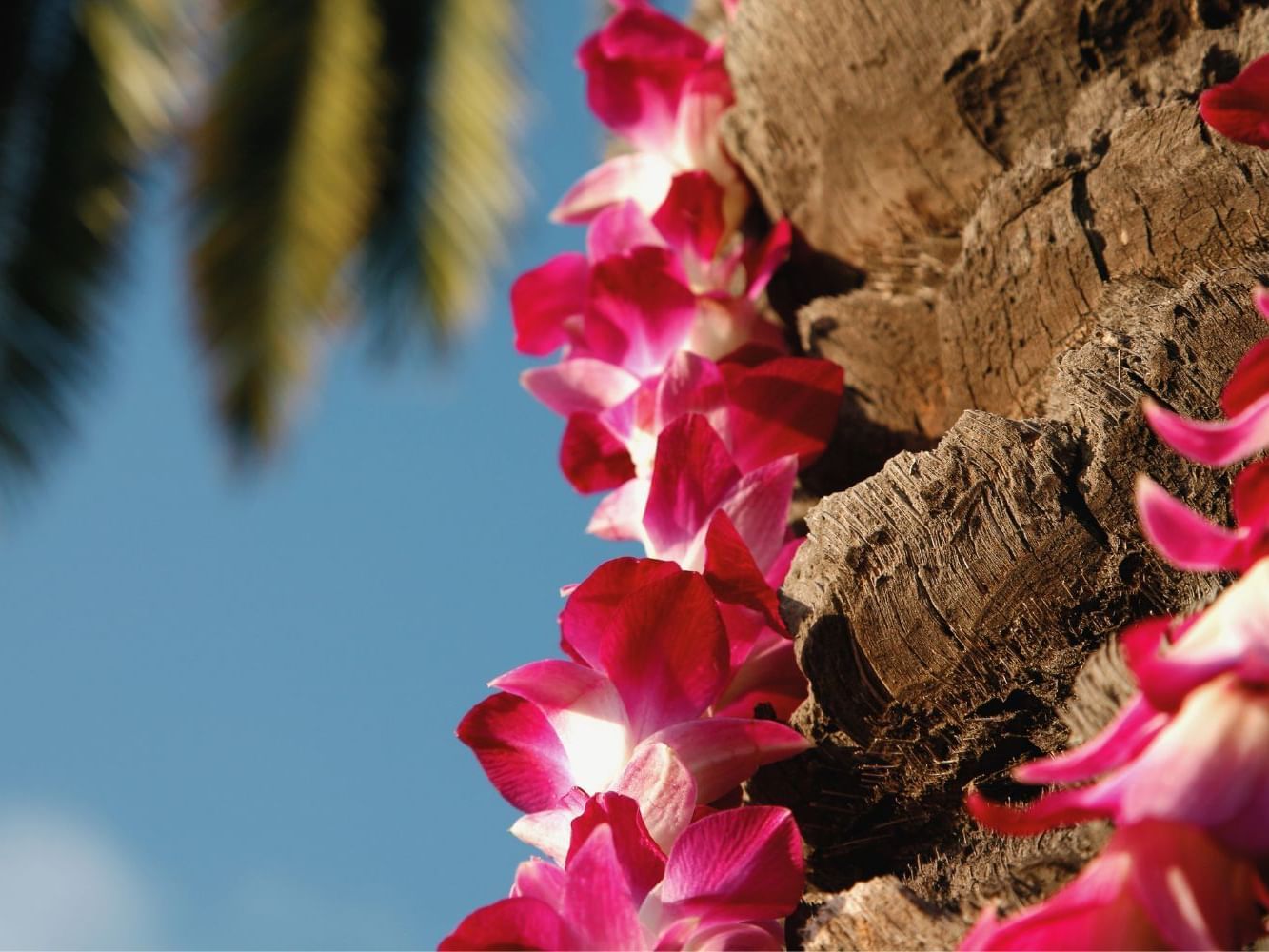Master the Art of Making Lei During Your Hawaii Stay
As a way to welcome every guest and share in the cherished Hawaiian tradition, the Waikiki Resort Hotel has introduced complementary lei-making classes for their visitors. These free sessions are a unique opportunity for travelers to immerse themselves in local culture, creating beautiful lei that symbolize the spirit of aloha.
The Significance of the Lei
When arriving on Hawaiian shores, travelers are welcomed with a flower garland known in Hawaii as a lei. These beautiful lei are not simply decorative; their tale forms part of the Hawaiian culture and legacy. Each floral lei symbolizes hospitality, love, honor, and friendship. Anyone who gifts a lei shows a gesture of respect, gratitude, and affection on special and even sad occasions.
The Hawaiian culture profoundly respects people, the land, and the ocean. There is a connectedness that encapsulates its people. A lei shows emotion and a token of this connection, known in Hawaiian culture as Ahola.
How to Make Lei: A Glimpse into the Craft
Lei-making is an art passed down through generations in Hawaii from various Polynesian and Asian cultures. It is more than just a craft; it's a way to express aloha (love, peace, and compassion) and is a significant part of Hawaiian celebrations.
Materials:
- Flowers: Plumeria, orchids, and pikake are commonly used for their beauty and fragrance.
- Leaves or Berries: Ti or maile leaves and ferns add greenery and texture. Mokihana berries add fragrance.
- Natural Fibers: Traditional lei are strung together using natural fibers like raffia.
- Feathers: Feathers enrich designs and add color.
- Shells: Tiny shells like the mongo are famous for lei design.
Methods:
When you learn the craft of lei-making, you'll realize that it's a skill that requires patience and an appreciation for nature. You'll discover that each lei is unique, and your lei's colors, textures, and fragrances reflect your personality, style, and creativity. As with any art medium, authentic expression is appreciated.
There are several methods for threading a lei, but these are the most common:
- Kui (Piercing): The most common method involves threading a needle through the center of the flowers or leaves.
- Haku (Braiding): Involves braiding greenery, flowers, and fibers together.
The Low Down on Lei
- For pregnant women, an open-ended lei is more suitable because a tied lei symbolizes an umbilical cord wrapped around the baby's neck. Should you be expecting, request an open lei from the person gifting it.
- When you leave Hawaii, return your lei to nature by gifting it to the ocean or hanging it on a tree.
- Refusing a lei is considered rude. If someone graciously offers you a lei, accept it with a "mahalo" (thank you).
- Wear a lei over your shoulders and back rather than like a necklace.
Make a Lei in Hawaii with Waikiki Resort Hotel Events
From beach yoga and sunset meditations to hula lessons, we invite guests to immerse themselves in Hawaiian traditions at Waikiki Resort Hotel. While we encourage cultural sensitivity, we love seeing travelers learn about and gain respect for the traditions that have shaped Hawaii for hundreds of years.
- Please sign up for our lei-making classes at our front desk.
- Check out the events page on our website for any changes in our schedule.
- Space is limited, so do not de-lei.
- Lei classes are free for all Waikiki Resort guests.
These lei-making sessions are an excellent way to connect with Hawaiian culture and create a souvenir of your time in Waikiki. Whether crafting a lei for yourself or as a gift, the experience will indeed highlight your stay at the Waikiki Resort Hotel. Take advantage of this chance to weave a little aloha into your vacation.

